WaterNSW a proud custodian of Pindari Dam
It’s 55 years since Pindari Dam was officially opened by then NSW Premier Bob Askin on 21 March 1969. To mark the anniversary, WaterNSW spoke to two former workers about their memories of the dam’s construction.
General Manager Regional Operations North, Michelle Yeaman, said WaterNSW is a proud custodian of Pindari Dam, building on the legacy of the dam builders and local visionaries who saw the benefits of building this first dam in the north of the state.
“Fifty-five years later, Pindari remains an important part of the Border Rivers system for irrigation, town supplies and environmental flows,” Michelle said.
Today, Pindari Dam is one of 20 major dams across regional NSW operated by WaterNSW. It is situated on the Severn River about 22 kilometres upstream of Ashford and 80 kilometres north-east of Inverell near the NSW-Queensland border.
The Inverell Times reported on its front page in 1969: “At 3.40pm on Friday the Premier of NSW, Mr R.W. Askin, officially released the first regulated water into the Severn River below Pindari Dam.”
In what was described as an “impressive ceremony attended by 560 official guests and members of the public”, Ashford Shire president Cr J.R. Black extolled “the virtues of the first dam in the north”.
The NSW Water Conservation and Irrigation Commission was the constructing authority. Citra, a French civil engineering firm, was the contractor.
It was the first time the Commission had outsourced construction of one of the state’s major dams, adopting a model used successfully by the Snowy Mountains Authority.
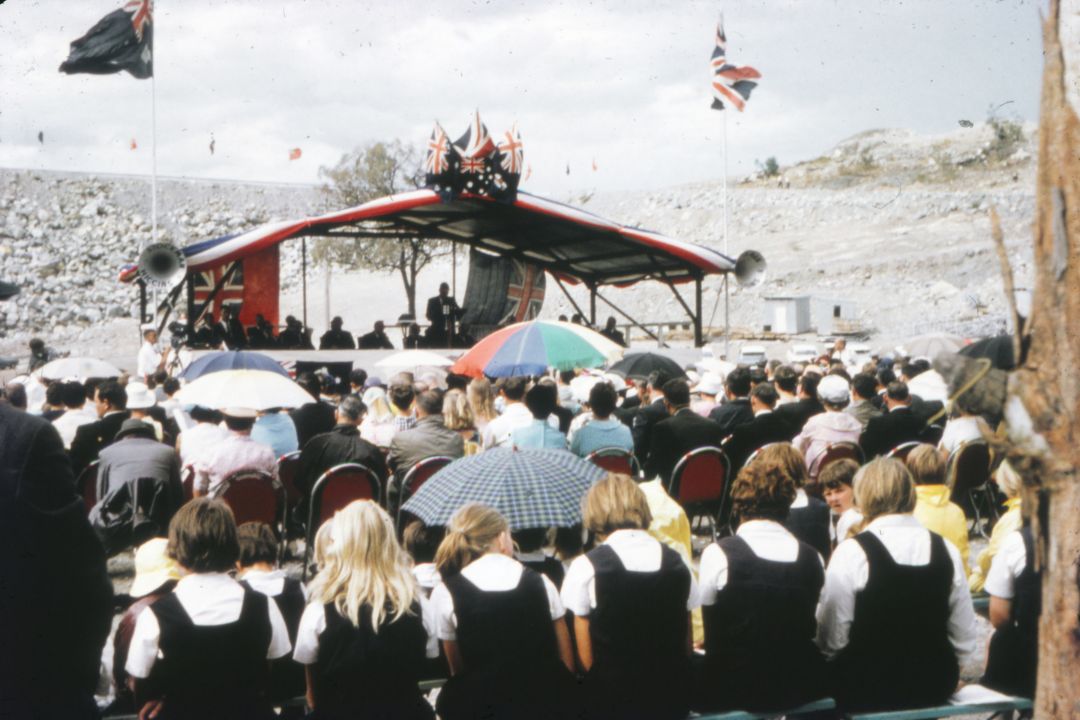
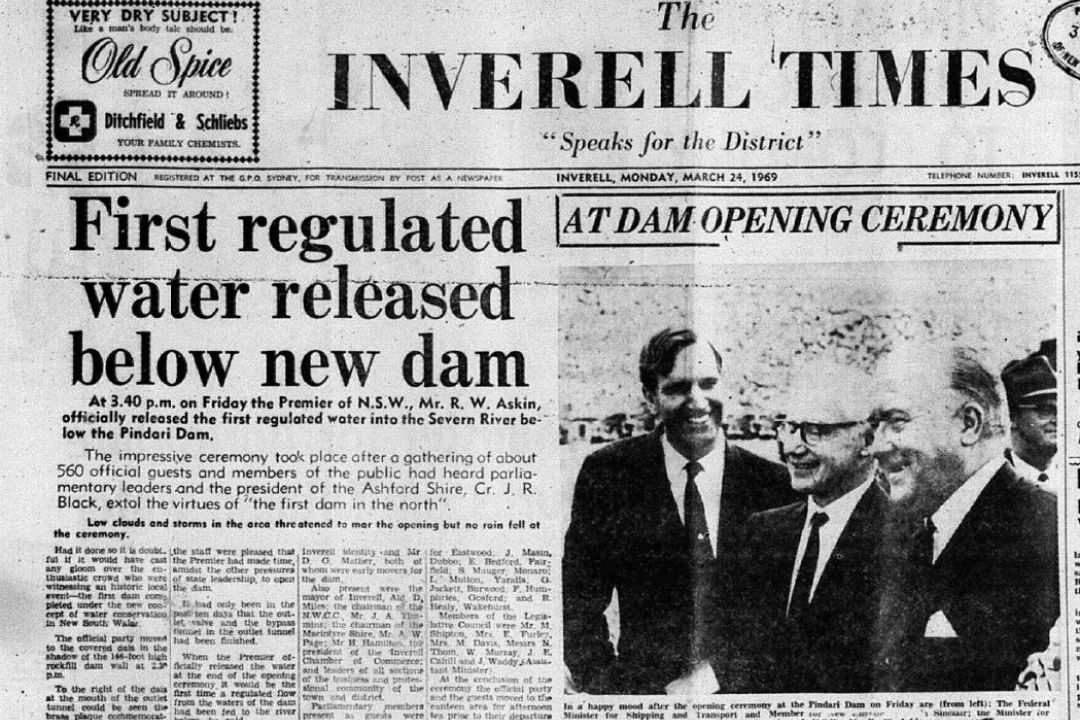
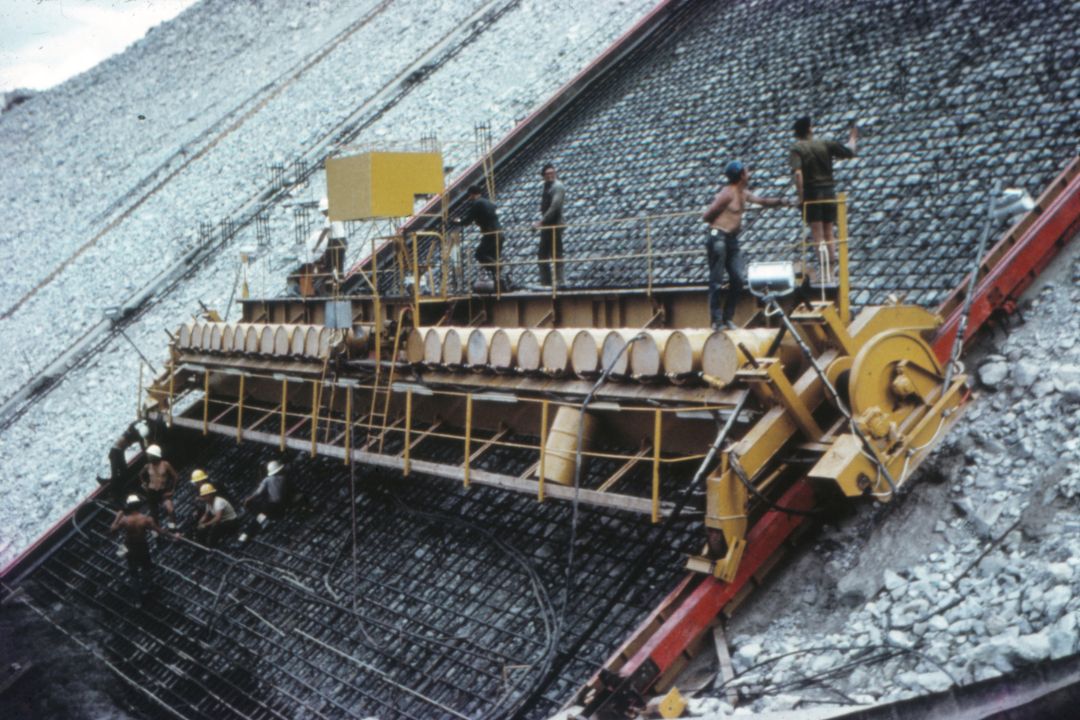
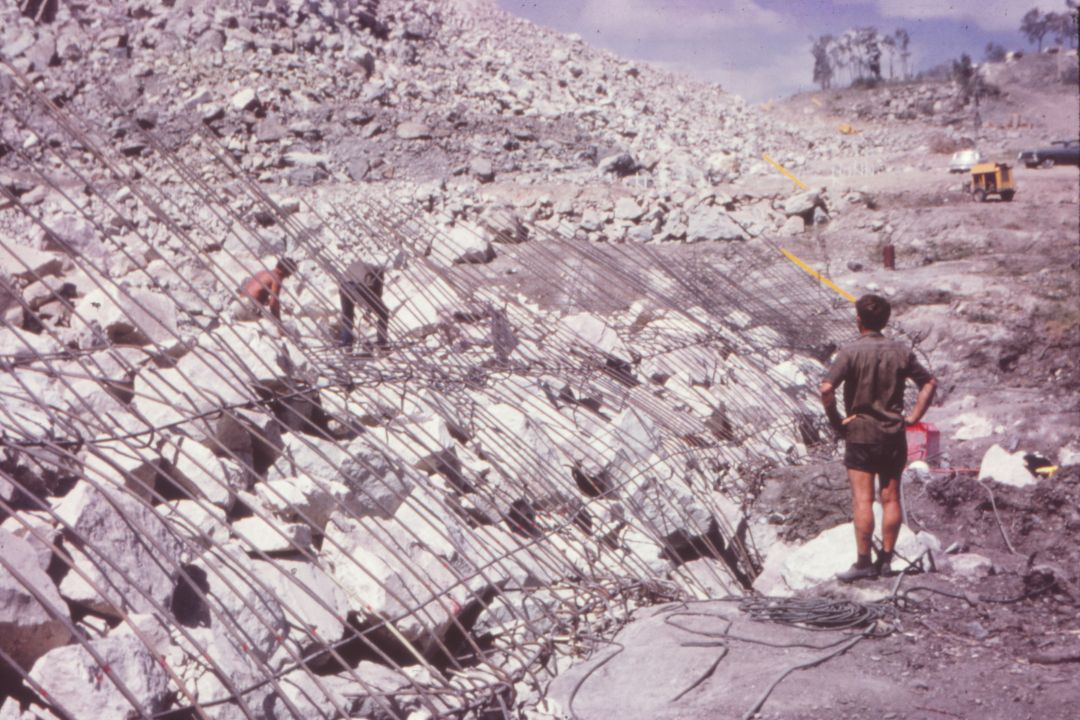
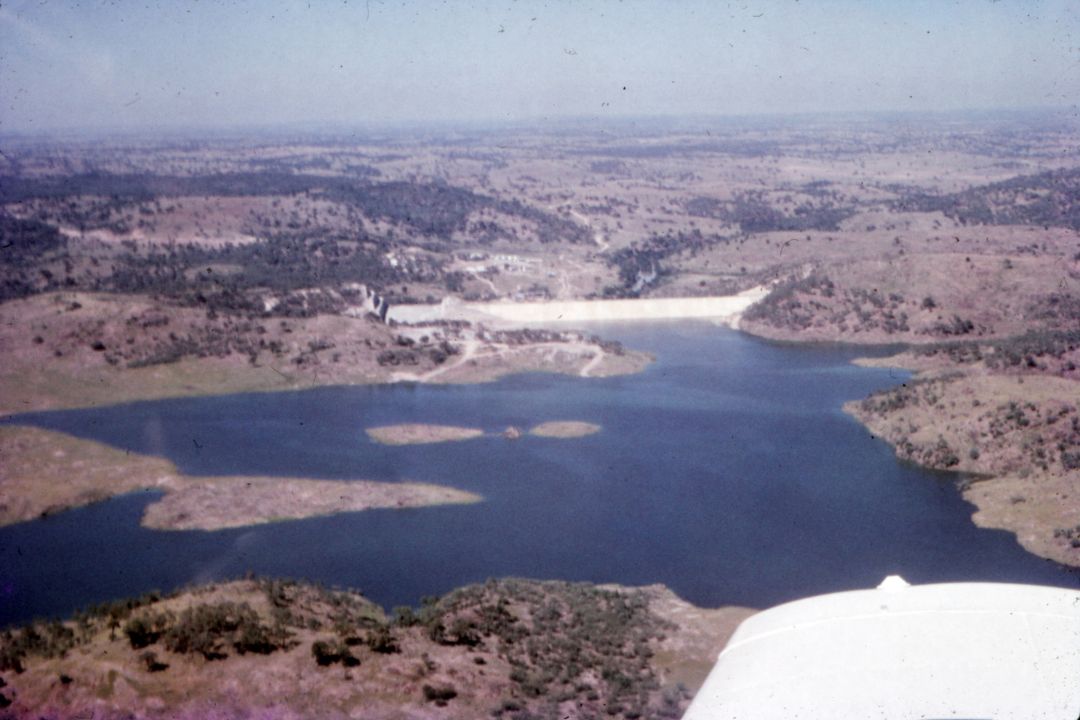
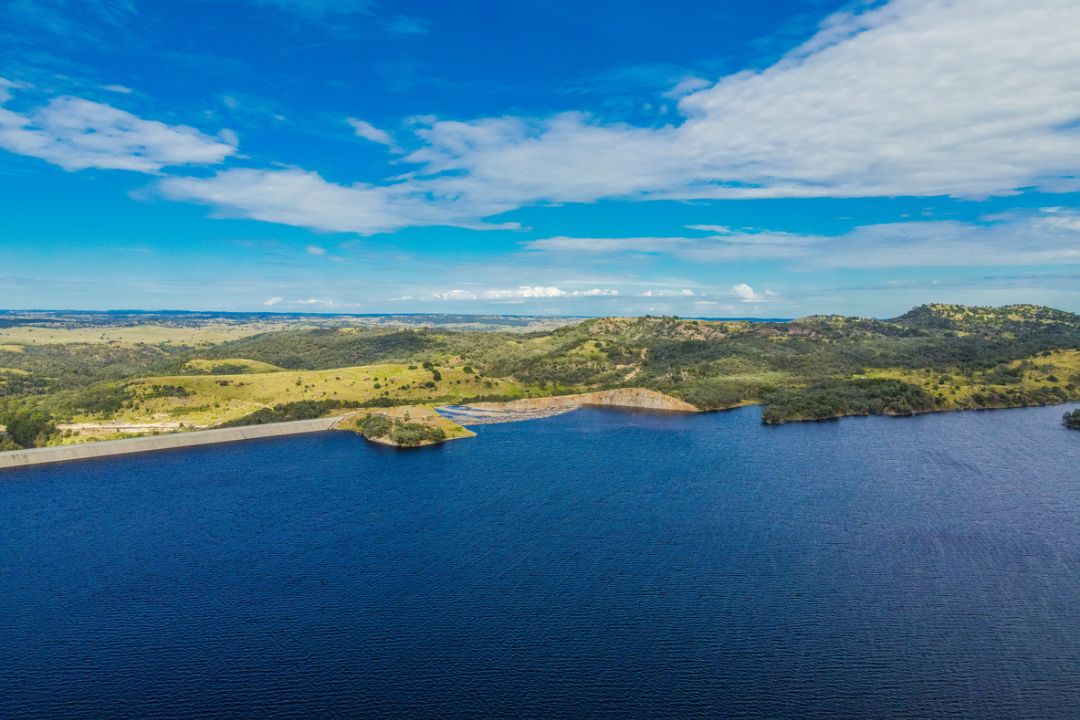
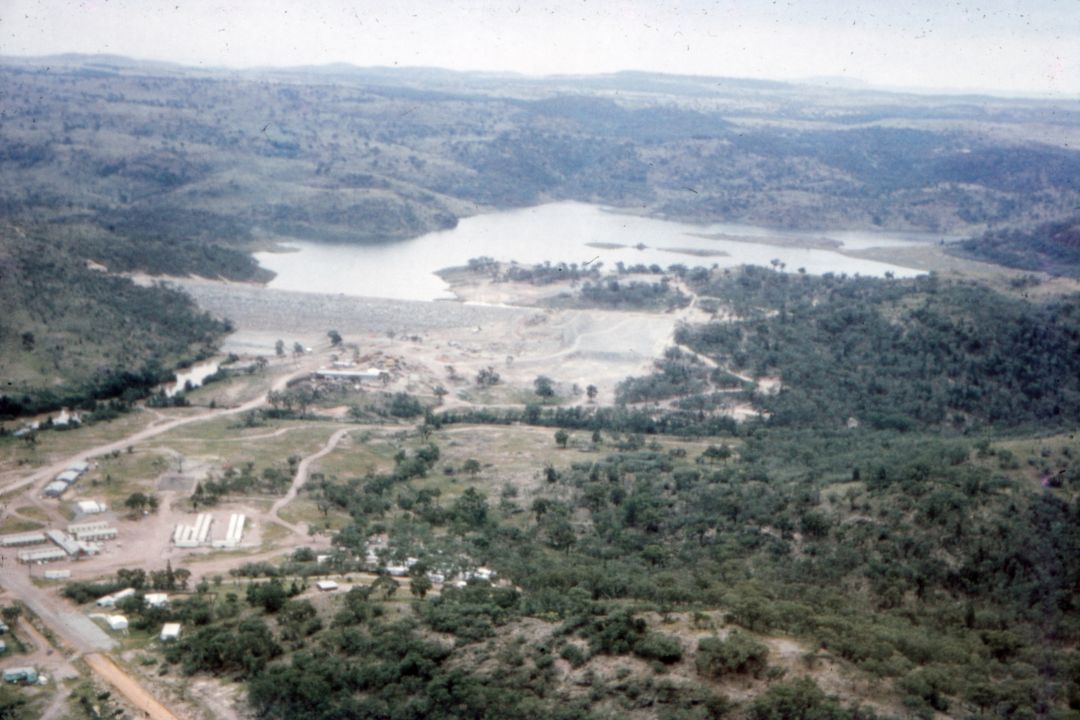
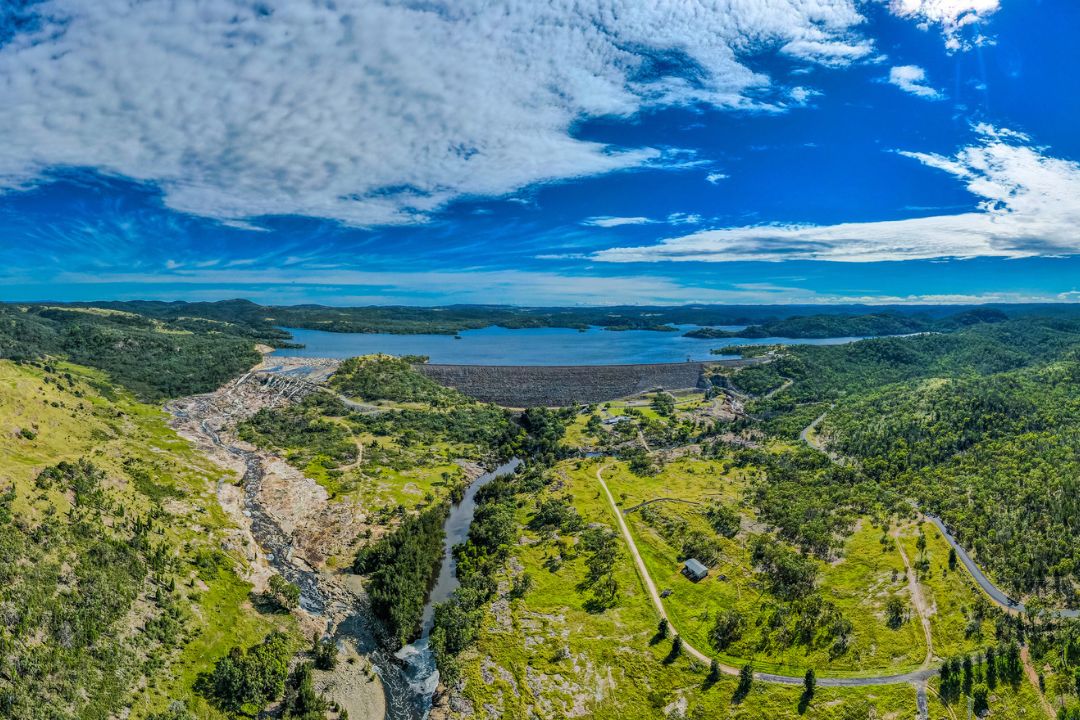
Related links
Published date: 18 March 2024
WaterNSW acknowledges the traditional custodians of the lands and waters on which we work and pay our respects to all elders past, present and emerging. Learn more
